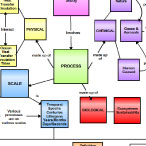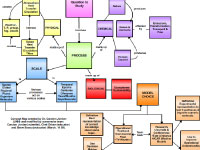|
|
Click Images to Enlarge
|
||||||||
Click Buttons for Presentation Videos & Maps |
About this Workshop:
For this workshop, 12 educators from the New England area were matched with ocean and climate scientists from the University of New Hampshire to improve their collective understanding of Earth's major ocean - climate systems. [more]
About this Scientist:
Carolyn Jordan studies the chemical transformation and growth of aerosols in the atmosphere as they relate to climate change. These aerosols may be natural such as marine sea salt particles or dust, or they may derive from human made sources. [more]












